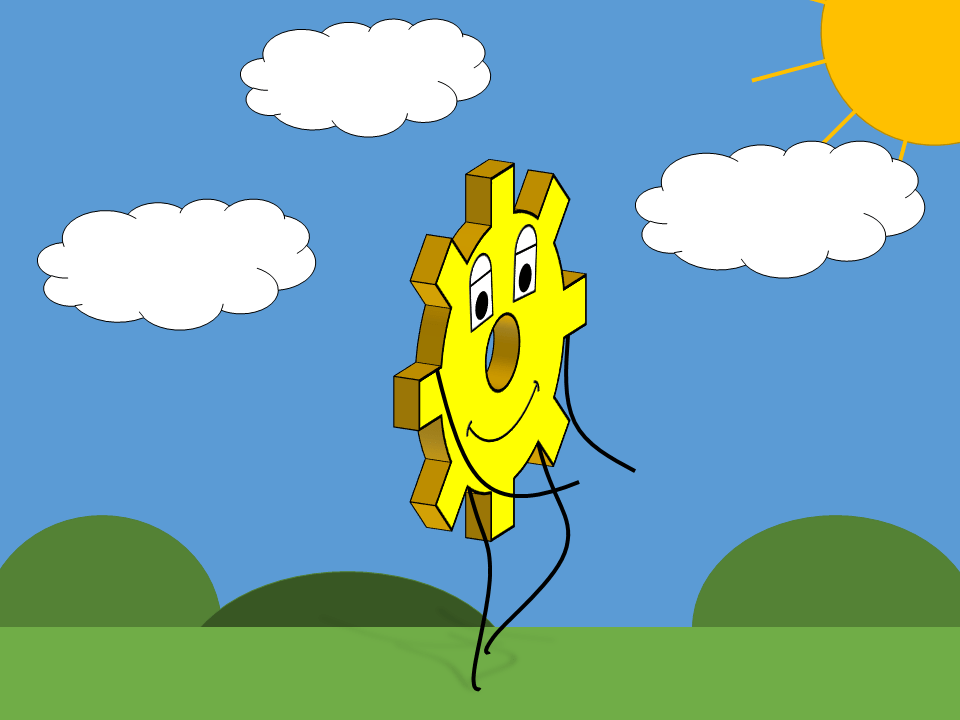A Game of Rules
Richard Bartle recently raised a really interesting point about certain fantasy based shows and games after watching Game of Thrones. His complaint was that even in fantasy worlds, there need to be rules and those rules need to be stuck to. Anything that is not explained by the new fantasy rules of the world should then default to the rules of the real world. One example he gives is that of Sam in Game of Thrones. Despite a very active lifestyle in GoT, he doesn’t lose as much weight as you might expect if it were the real world and there is no explanation for that. You can understand the existence of magic and dragons because the narrative introduces them early on — so they are part of the rules of the world. However, lack of weight loss in Sam’s instance seems to be very unlikely.
It is like standing at a pedestrian crossing and upon pressing the button, all the cars turn in to cabbages. There is no reason for this to happen, no explanation in the rules of our world that would lead you to believe that this could happen, so it would stand out to you as being odd!
This got me thinking about play (naturally, this is me after all) and gamification.
As I have said before, play has fluid meta-rules, to say the least. However, the big no, no is play with kids is introducing a new rule that is unexpected or does not make sense within the context of the current game. Playing “Rock, Paper, Scissors” and choosing a bazooka is a sure-fire way to get tears from a young child! That is not to say that you can’t play like that. My kids play “Rock, Paper, Anything” and you get some truly odd arguments over whether Harry Potter could beat a space tank…. However, this is fine, because they set the expectation that anything goes at the start — not half way through.
World Building in Gamification
In gamification, we don’t spend enough time considering the worlds we create because often we don’t see them as worlds in that sense. Often, they are just pictures and narratives that link content together. We forget that the narrative alone creates a world for the user to engage with and that world needs to be consistent and have rules just like any other virtual or fantasy world does!
The first few screens set the expectation for the rest of the experience. If you start with all singing all dancing graphics, the user will expect those throughout. If the narrative talks about being a mild-mannered account in an office much like the player’s own, they won’t be expecting a magical warlock to suddenly appear. That is not to say that you can’t do that, but the rest of the narrative needs to explain it and reset the expectations of the player.
The Unintended Consequences of Seemingly Minor Details!
When creating a gamified solution, spend time thinking about the rules of any worlds you are creating. If you are creating a theme, what would the expected rules be? If you have a medieval them, your players would not expect or accept aeroplanes being in the narrative. If the players are trapped in a building, they would not expect there to be a water hole in the middle of the 5th floor.
You need to be consistent and mindful of the expectations you set early on and how they will affect the player’s experience. The best case is that unexplainable events will seem odd, the worst is that it will break them out of any immersive state you have managed to induce! Don’t waste all that effort by tripping yourself up on the unintended consequences of seemingly minor details!
Similar Posts:
- Gamification: What’s Play Got to do, (Got to do) with it?
- Playing with Thought Experiments and Meta-Rules
- The Ludic Spirit Players



Also published on Medium.


Good point! Always play real! Great advice!